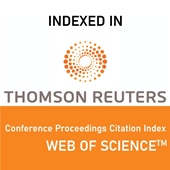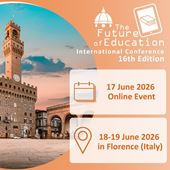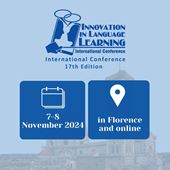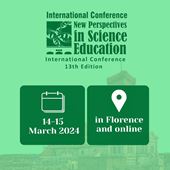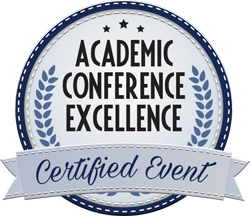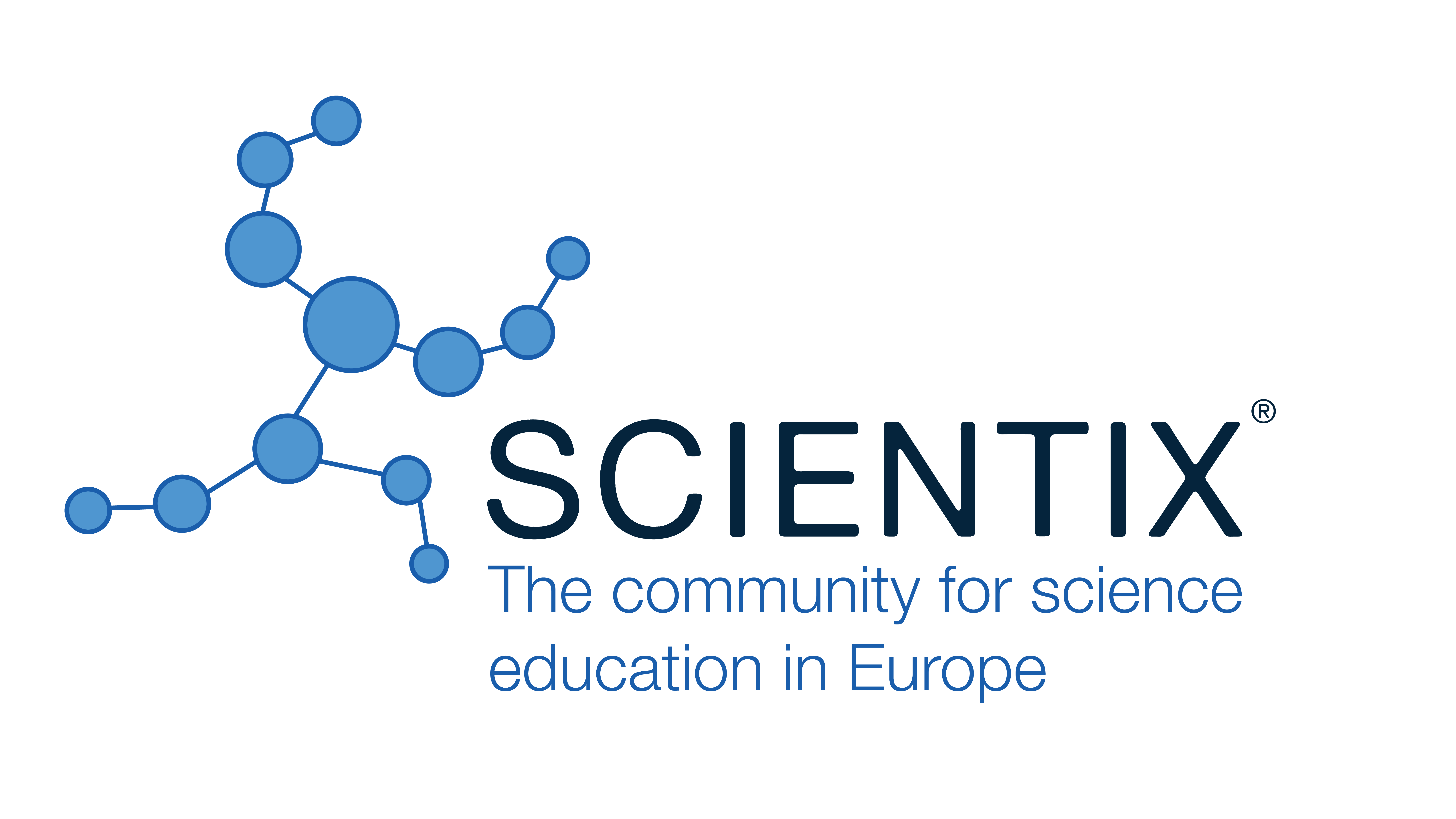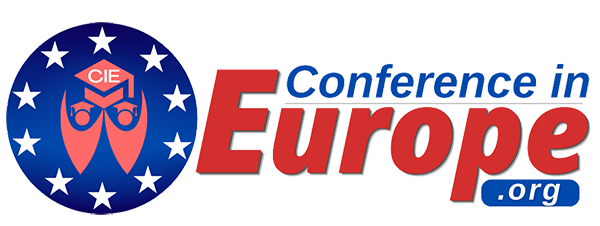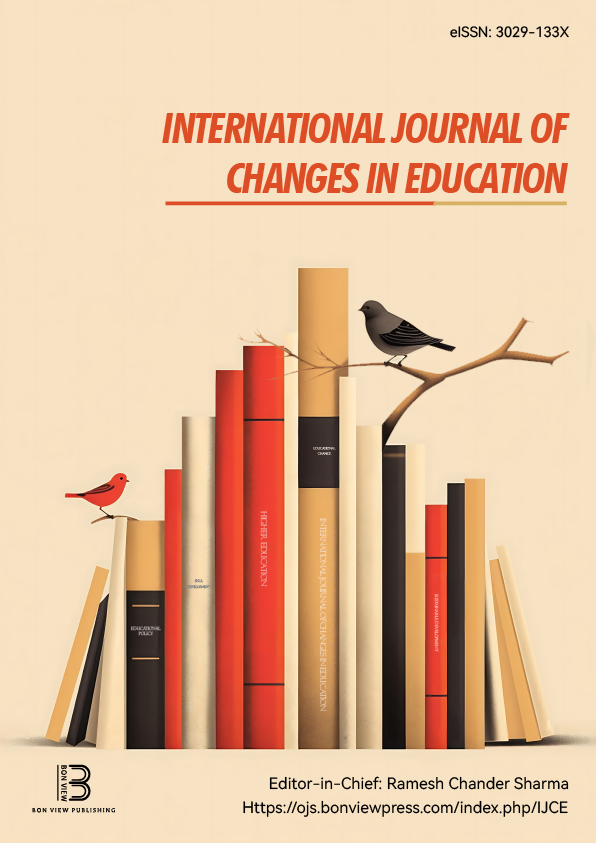AI in Heritage Education: Teaching History through Iconography
Sara Ferretti, Università degli studi di Perugia (Italy)
Abstract
The integration of Artificial Intelligence (AI) into educational practices offers innovative opportunities for fostering cultural heritage awareness among primary school students. This study presents a pedagogical framework for employing AI-generated image content to teach the iconography and iconology of saints depicted in the Church of Santa Maria in Vallo di Nera. Through this approach, AI serves as a tool to create visually engaging and age-appropriate educational materials, facilitating children’s exploration of religious imagery while deepening their understanding of historical and cultural contexts. The primary objective of this initiative is to enhance students’ visual literacy and critical thinking skills by interpreting religious symbols and their associated narratives. By focusing on the saints represented in the frescoes and artworks of Santa Maria, the proposed educational strategy introduces children to the rich cultural and spiritual traditions embedded within medieval art. AI-generated visual aids, tailored to the cognitive and emotional development of primary school learners, provide simplified yet accurate representations of saints and their attributes, such as Saint Leonard with chains symbolizing the liberation of prisoners or Saint Antony with a pigbecause of monks of Saint Anthony reared pigs whose lard was employed as a medicinal remedy against the so-called "Fire of Saint Anthony". This educational framework is designed to align with constructivist pedagogical principles, fostering collaborative learning, historical contextualization, and inquiry-based exploration. Students engage with AI-generated illustrations, enriched with interactive elements such as puzzles and questions, to examine the broader social, cultural, and theological significance of these artistic depictions. For example, prompts encourage students to consider why saints were linked to specific symbols and how these representations reflected societal values and spiritual beliefs of the time. Moreover, this method bridges art, history, and traditions to educational approach, making it a multidisciplinary tool for cultivating cultural sensitivity and historical awareness. By combining AI’s capacity to generate diverse visual materials with the pedagogical goal of making cultural heritage accessible, this approach underscores the transformative potential of technology in preserving and transmitting the intangible values of historical art to younger generations.
Keywords: Iconography, Iconology, Cultural Heritage, Digital Technology, Art, Education
 The Future of Education
The Future of Education
